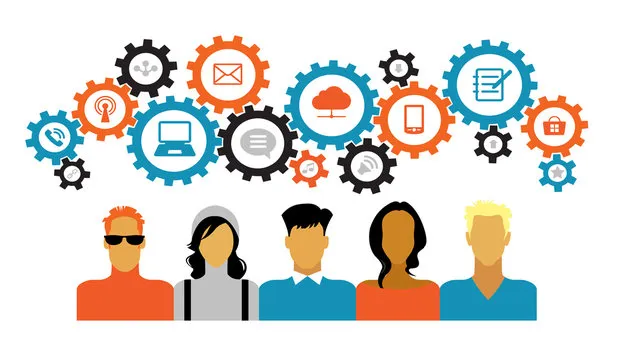CEM Top Ten #5: Context is the Fundamental Driver of the Customer Experience Revolution
Blog: The Tibco Blog
Last time we talked, I referenced APT and FoundryDC founder Jim Manzi and his approach to Big Data. Jim spoke at the TIBCO London office digital transformation event a couple of weeks ago on the topic of “Kinda Big Data”—the compelling point that the vast majority of businesses are best served by focusing on the large sets of traditionally stored customer and transactional data. These data provide incredible insight on past behavior as predictors of customer propensity, product affinity, clusters of like-behaving individuals, and fact-based insight. The focus on value creation within “Kinda Big Data” contrasts to the hype and anxiety that has dominated the big data discussion over the past three years.
If volume is not the primary driver of digital transformation and its impact on customer experience, which “V” should we focus on: veracity or variety? In a fast data world , especially one where younger consumers are increasingly becoming the focus of retail, product, and financial companies and their marketing-experience teams, velocity is the missing attribute.
High-velocity data adds context to the powerful insights that emanate from Kinda Big Data.
In an Harvard Business Review blog post, Jess Neill makes the case for big data requiring the addition of big context. Neill discusses adding a very human element to interpretation of data, what Jim Manzi recognizes as the third leg of the technology-analysis-strategy stool. The connection from data analysis to contextual decision making is a realization that what people say and what they will do (I’d argue what we quantitatively predict and what they’ll do) is strongly driven by real-time situational variables that rarely enter into traditionally-stored data tables.
What data contributes to real-time contextual-driven behavior? It’s the sum of relevant factors that lead up to, are present, and theoretically impact the future state of happiness or satisfaction. More simply put, it’s the story of what happens after the last data was recorded in the database.
Shifting gears, baseball is a great illustration. A batter continuously adapts his approach based on the sequence of pitches he’s seen, prior at bats, the lead of the runner on first, the number of outs in the inning, the position of the infielders, the current score of the game, and the propensities of the runner hitting behind him. Immediate past, current state, and future outcomes.
By analogy, in consumer marketing, context might include recent engagement and analysis of social media, precise location identified on a smart device, recent searches, time of day, expectations for future purchases, or behaviors or changes in product availability.
How does including contextual decision making into marketing multiply the relevance factor of traditional predictive analytics and positively impact customer experience?
- A fast food loyalty program member has been targeted for a relevant offer for a breakfast sandwich. It’s based on people like her who generally eat breakfast sandwiches, but she’s yet to try. By honing in on the time that she’s walking to work from the train and the fact that she’s within 500 feet of the store, the impact of the message pushed to her preferred device is elevated by many factors.
- An airline that has modeled the propensity of its frequent flyers to upgrade to a premium seat chooses to promote economy plus based on availability of diminishing inventory that will expire the moment the flight pushes from the gate.
- A website that has excelled at highlighting “people like you purchased products like this” continuously adapts its promotional products and offers based on a real-time analysis of clickstream (products searched, time on page, next page navigation).
- A shopper pinning an item to her friends triggers a change in tone of marketing engagement that recognizes the social influence of the consumer and shifts the focus from purchase to exploration and sharing.
- A customer service representative taking a call from a dissatisfied customer uses keyword search data or site navigation data to better understand the customer’s concerns, take on a far higher level of empathy, and shift approach to a far better outcome.
The role of big data is clear, but our intuition that storing all click data, location data, social posts, and inventory positions likely leads to less action due to the daunting size of the data and the ambiguous value of it. Instead, seek the powerful balance of Kinda Big Data and the overlay of relevant, real-time context to bring an incredible level of relevance to marketing engagement and the management of customer experience.
To catch up on the first four posts in the Customer Experience Marketing Top Ten series on The TIBCO Blog, click here.
